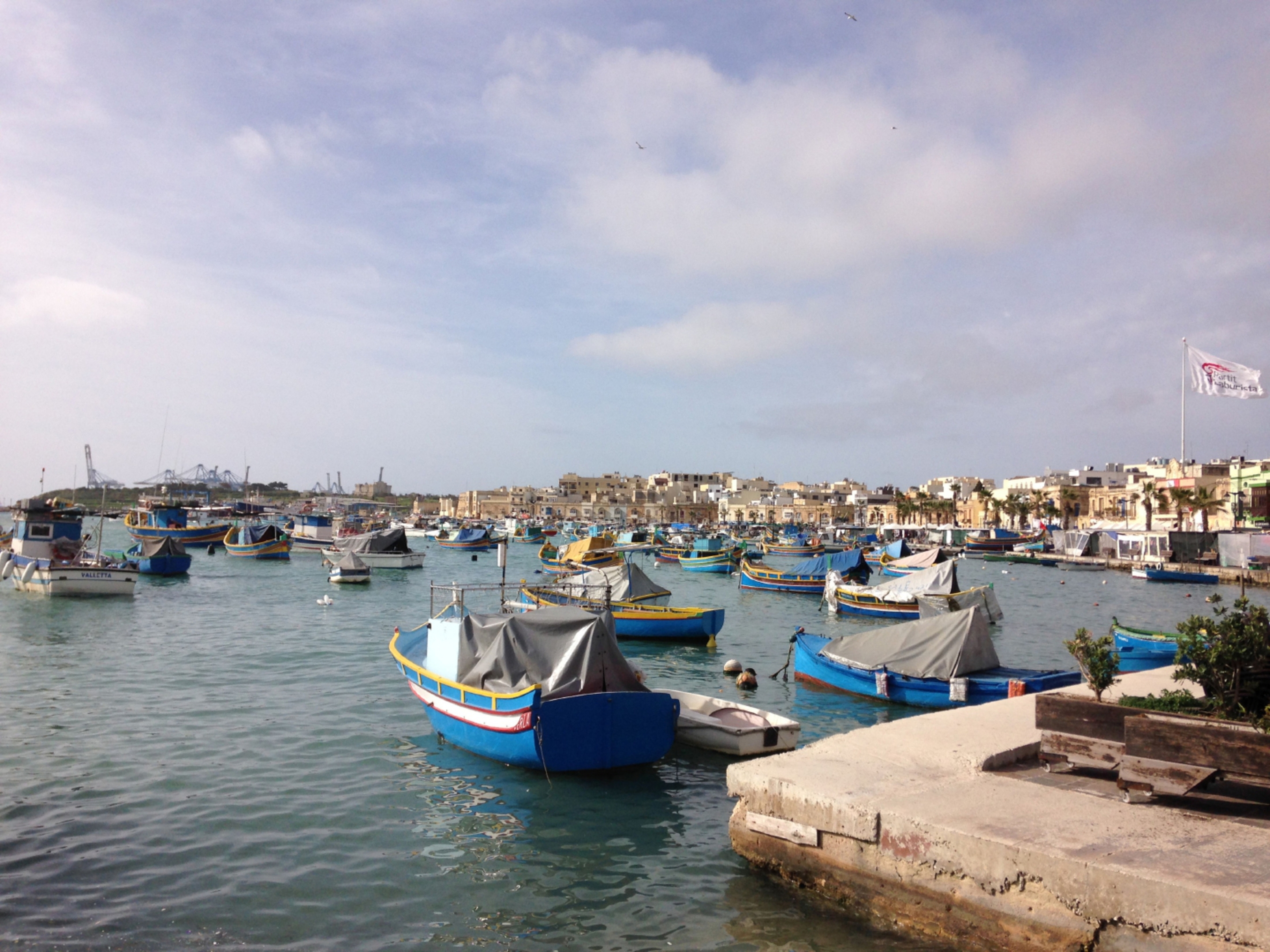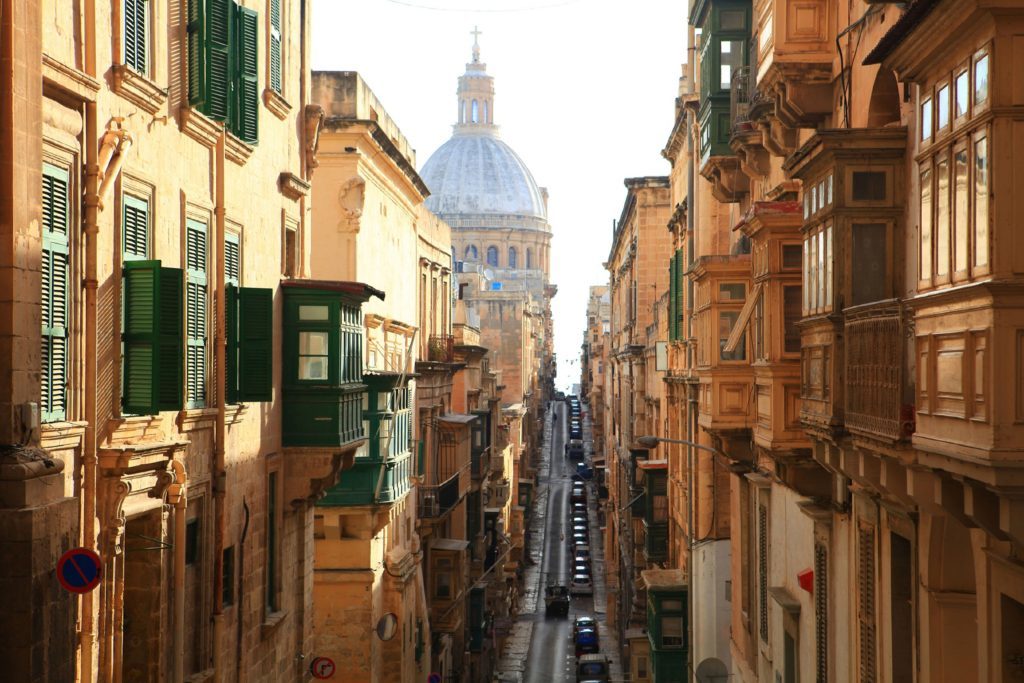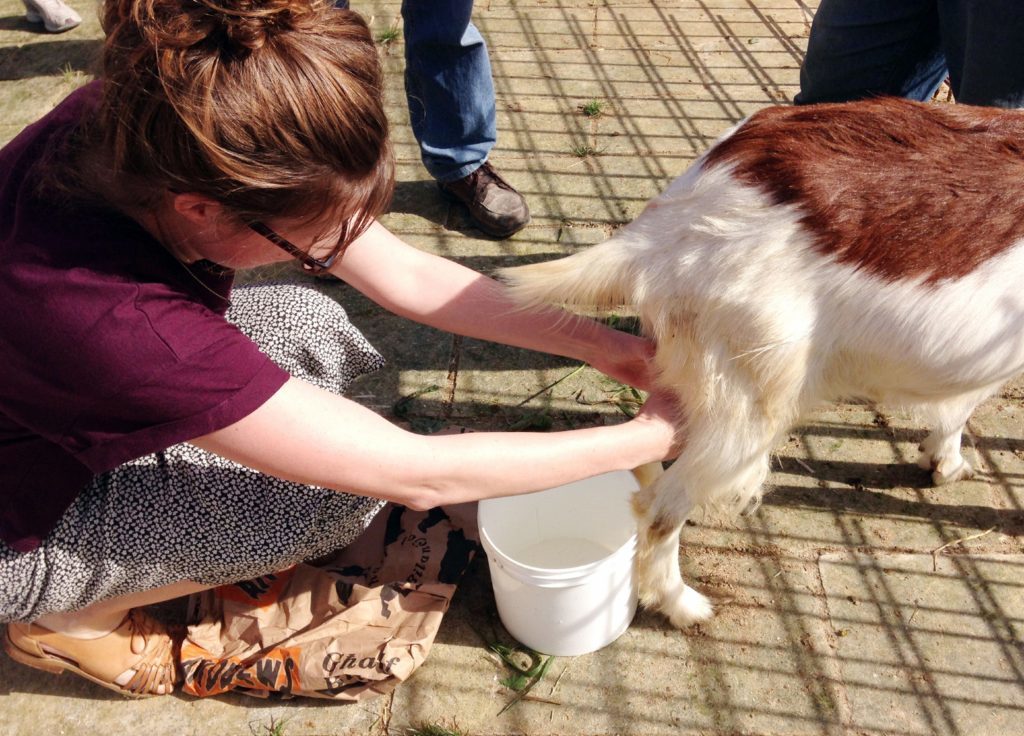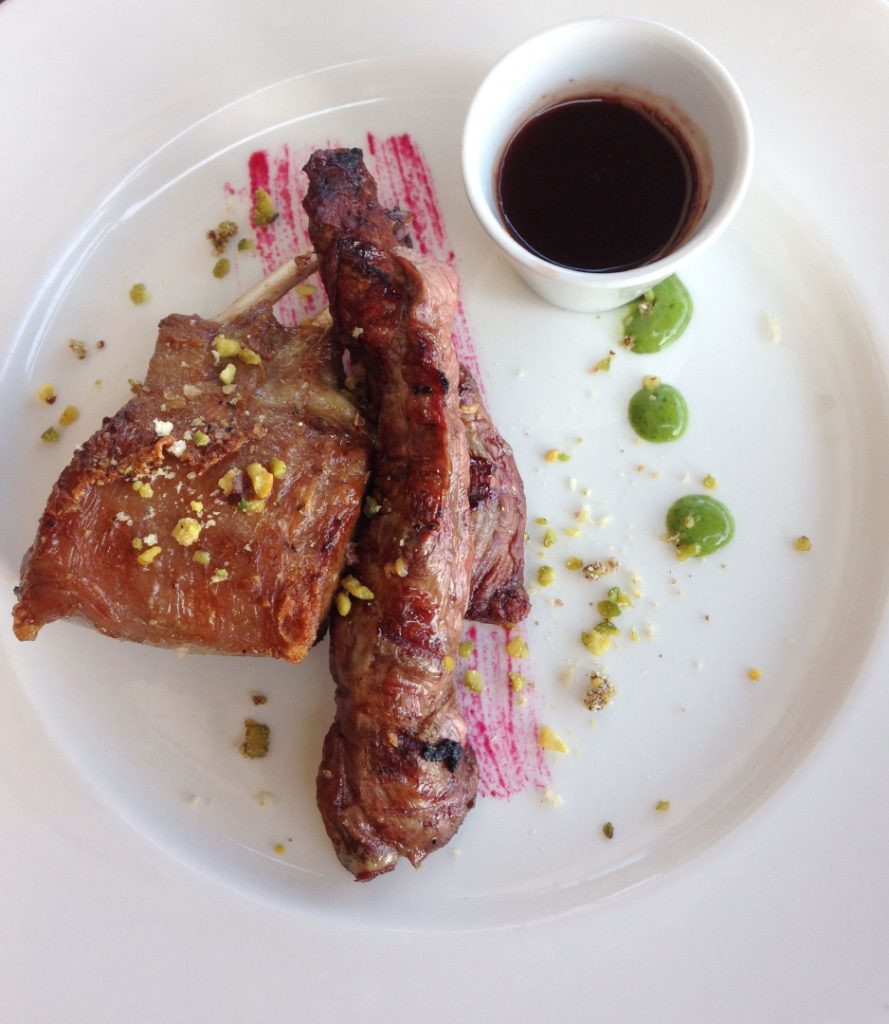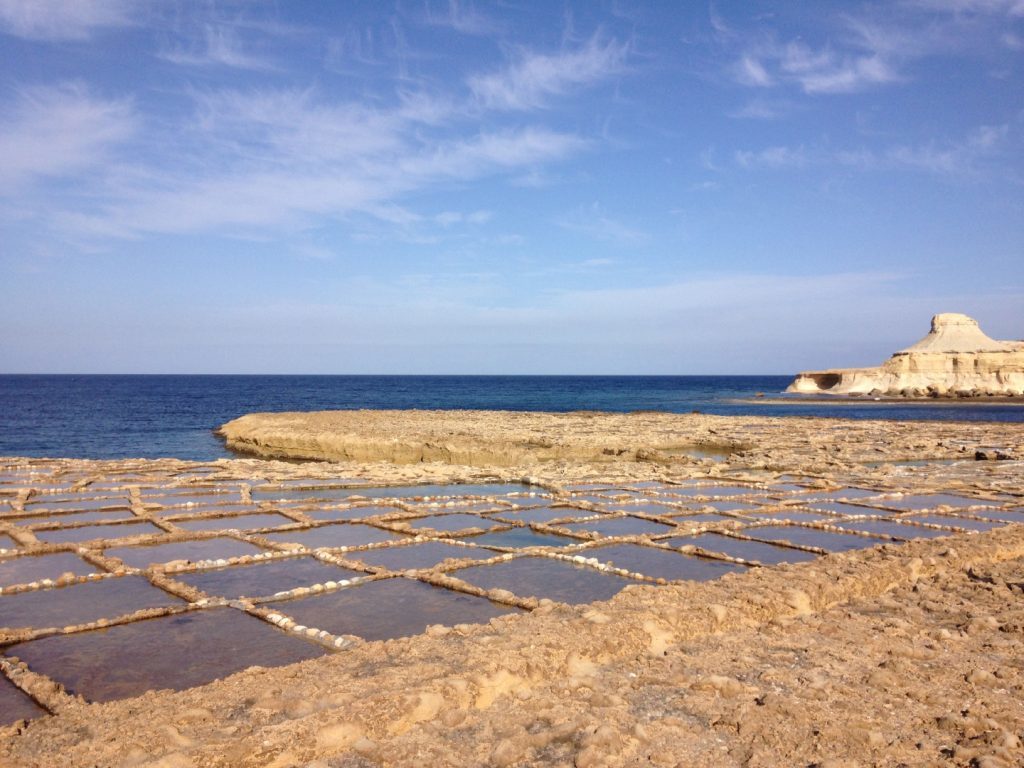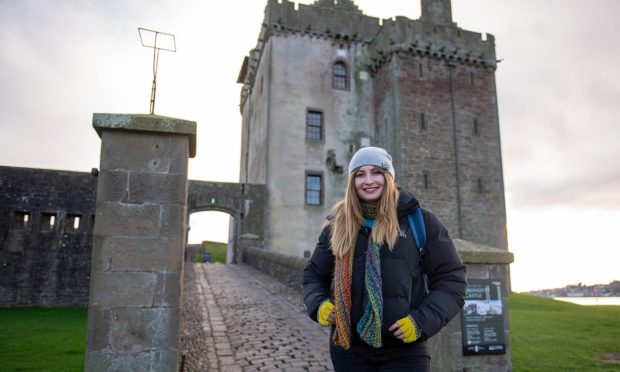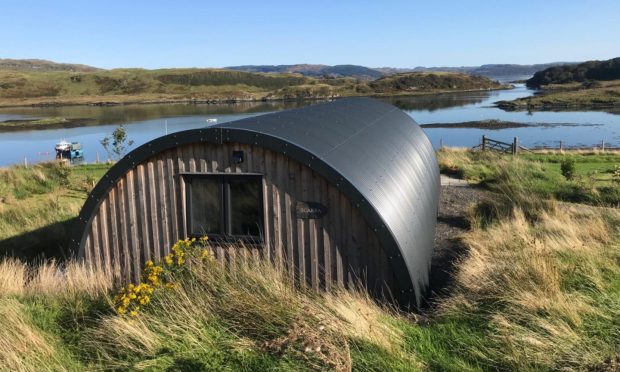Malta has long been overlooked as a foodie destination – but no more. Ella Walker takes a trip to the archipelago and finds it a gourmet’s dream
The light is dandelion yellow, I am trussed up in a net veil, and a fierce buzzing is coming from a frame covered in the busy bodies of hundreds of armoured honey bees.
“You have to do it their way, not your way,” explains Maltese beekeeper Arnold fondly, on the making of honey. With 66 years of experience and 180 bee colonies in his care, the man’s an authority, and jars of his sweet stuff are sold all over the island.
Flavoured seasonally by the flowers his bees feast on – from orange blossom to white thistle and borage – it’s honey worth travelling for, especially when you consider it only takes three hours to fly to Malta from London.
Traditionally, people visited Malta for the almost year-round sunshine, but I’m spending a long weekend exploring the archipelago as a gourmet short-break destination.
It’s so bountiful that, even on the 20-minute drive from the airport to the capital, Valetta – European City of Culture 2018 – it’s hard to miss huge clumps of prickly pear cacti. The wide flat paddles of it sprout rampantly across the island, serving as spiny windbreaks, and its tongue-pink fruits provide roadside pick-your-own come autumn.
Historically Malta has been endlessly fought over, and the impact is still being felt.
Take their olives: During Roman times, Malta’s indigenous olive trees sprawled across the entire rocky landmass, until later colonisers, including the British during the 1800s, foolishly decided to rip them up to make way for cotton fields and sheep farming.
But in the last few years, Maltese olive oil’s experienced a renaissance.
The family-run San Niklaw Estate Malta, near Malta’s Popeye Village, produces both wine and olive oil.
Founder John, who started the business in 2006 with his brother, says that what makes Maltese olive oil so special is how “it’s very peppery” while its main rival, Sicily’s, in his opinion, tastes like “motor oil”.
The vineyard produces four wines each season – which you can try on bespoke wine-tasting courses (enquire at info@sanniklaw.com) – two red, two white (priced 25-30 euros a bottle), of which the Despatch (Sangiovese) is a dark, and fruity ruby red and the Neptunus (Vermentino), a white that’s golden in colour and zingy on the tongue.
Family, pride and community are intrinsically bound in Maltese food culture, so much so, John isn’t abashed to admit: “At restaurants, I always order my own wine, and seeing someone ordering it at the next table? I can’t describe what it means to me.”
Valletta itself is tiny with a population of just 7,000.
During siesta it’s so still and hushed, no one will witness you eating a late lunch of lamb crusted in pistachio at Panorama.
Inside, the restaurant is cool and dark, all matte greys and sparkling glass, but the meat is perfectly pink (as it should be for 28 euros) and the view of the Grand Harbour from the wide al fresco dining balcony begs for a dazzling sunset dinner.
You are never far from the sea here.
It’s all you can smell at Marsaxlokk in the south-east of the island, a fishing village that on Sunday mornings (arrive before 9am for the best produce), is all a-bustle with fishermen’s wives selling soft-bellied baby sharks, the still-slithering, hulking bodies of eels and one-euro salmon heads that are used in aljotta, a traditional Maltese fish soup.
You can’t move for pastries and homegrown veg, either. Between closely packed stands, an elderly woman sells knobbly hand-picked capers from an antique wicker pram.
Later, after catching the ferry from Malta’s northern point, Cirkewwa harbour, to Gozo island, 25 minutes away, I meet Philip, chef patron of traditional Gozo restaurant, Ta’ Philip.
He rubs a handful of the salty, alligator-green buds between his fingers as he explains that, however biased, he’s never tasted a caper better than a Maltese caper.
Malta’s most treasured dish is arguably rabbit, and the smell of the restaurant’s signature version thwacks you around the nostrils so powerfully, you want to find the bubbling pan of it and down the lot.
Tradition and canny cooking is in the bones of this place. Leftover vegetables and peelings go straight to the chickens, while gaps in the oven are plugged with aubergines and onions – skins on – until they come out soft and charred, needing just a glug of olive oil.
There are certain rules too, like don’t mess with the basics – particularly the Maltese equivalent of the Italian soffritto (the foundation for most soups and stews).
“It’s the base,” explains Philip. “You don’t live without onion and garlic! People that ask to leave it out? You joking?!”
That’s not to say there isn’t culinary debate here. While preparing artichokes fresh from the market, slicing a serrated knife through the yellowing stalks, I listen in as Philip bickers happily over what constitutes a decent amount of olive oil (he gets through slick, shimmering buckets of the stuff).
His portion sizes are extremely generous. We drink sharp, bright wine from his family vineyard and sink bowlfuls of fresh artichoke pasta, and a rich sausage and cauliflower stew dotted with gbejniet, the white Gozo cheese.
The cheese is light and creamy, wobbling like a good panna cotta.
At nearby Rikardu’s farm, gbejniet is made by hand milking 200-odd sheep and goats each morning.
It sounds idyllic, and the location is – the farm is a patchwork of lush vineyards, gnarled lemon trees and jabbering, leaping goats.
However, I quickly learn that milking is not enchantingly rural; it’s tough and uncomfortable.
I can’t get a proper grip on the goat’s velveteen udders and fail to get more than an egg cup’s worth of milk, and it’s certainly not the bemused animal’s fault.
Rikardu sells his cheese from his farm and his restaurant, Ta’ Rikardu, either fresh, topped with Gozo salt; in homemade ravioli; or dried and marinated in white wine and black pepper (most popular with the Maltese), or chilli and dried tomato.
The week-long drying process also sounds bucolic – they haul crates of the cheese onto the roof and rely on a north wind to air-dry it.
There is much that seems romantically pastoral about Malta’s food scene, but the rubbly charm and high levels of deliciousness often belies the work involved.
Travel along Gozo’s northern coastline for instance, and you’re met by an otherworldly, stark blue and desert-yellow Star Wars-like landscape.
The Qbajjar salt pans are a criss-crossed network of oblong salt fields at the mercy of the Mediterranean Sea that have been manned by the Cini family for five generations; they require constant upkeep.
It will be Josephine Cini’s elderly parents’ 49th summer laboriously collecting and selling their crystalline Gozo salt here this year.
She explains: “The salt preserves their love.”
So, perhaps it is a little bit romantic after all.
FACT BOX
:: Ella Walker was a guest of the Maltese tourist board. For more information about the Maltese archipelago, visit www.visitmalta.com
:: Flights to Malta from London Gatwick start from £132 return with British Airways (www.britishairways.com).
:: Rooms at the Radisson Blu Malta St Julian’s in Valletta (www.radissonblu.com/en/stjuliansresort-malta) start from £85 per room per night.
:: To visit Arnold and his bees, contact the tourist board.
